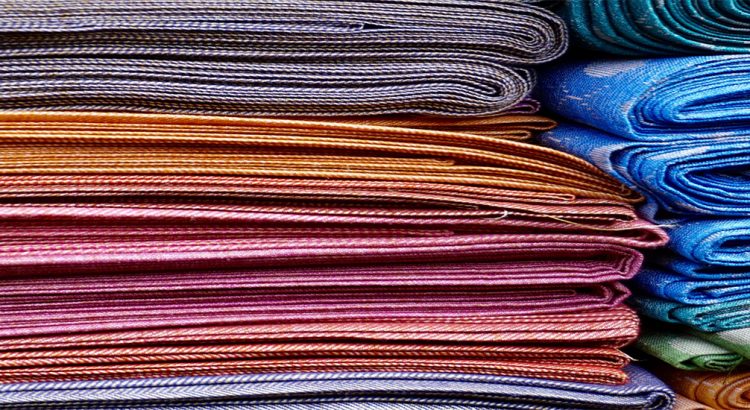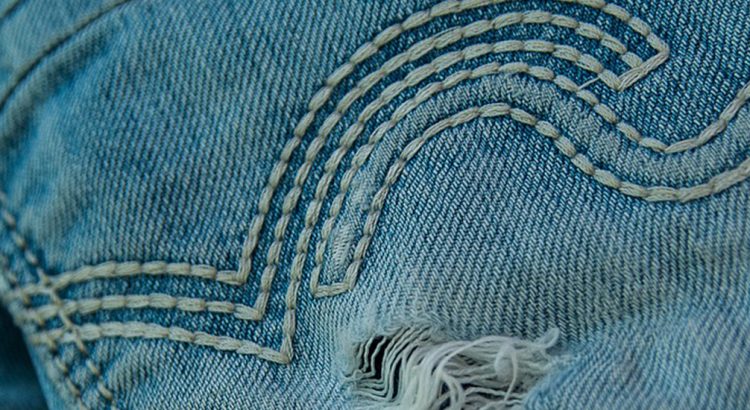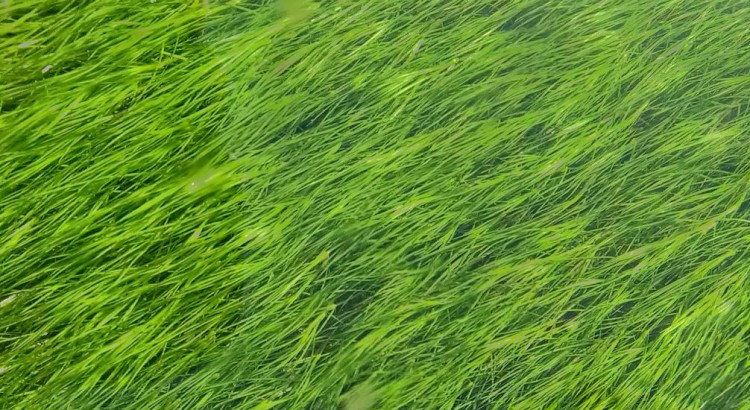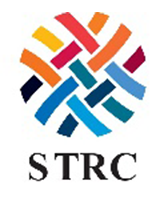Following a successful career in commercial insurance; from the mid-1990s Terry has focused on his passion for researching and developing thin film thermal management systems. His research efforts began with paints and coatings for hard surfaces such as industrial machinery, building envelopes, rail cars, electronics, and automotive. Then progressed to applying the technology to textiles […]
Author: STRC Admin
Wade Tyner
Wade Tyner – Manager of Applications Engineering, APJeT, Inc. Wade is a graduate of West Virginia University with a BS degree in Electrical Engineering, holds a Master of Science degree from North Carolina State University in Textile Engineering, and was an ITT Fellow. Wade has 10 years of experience in the field of atmospheric plasma […]

Trends in Application Technologies & Textile Wet Processing
The theme for the STRC 2019 Conference is Trends in Application Technologies & Textile Wet Processing.

Value Added Textiles
Topics including but not limited to Active Textiles and Encapsulated Finishing Chemicals, Consumer Perspectives and Preferences for Functional Finishes, and Smart Textiles.

Sustainable Textile Colorants
While the fastness properties of synthetic dyes are essential to their commercial utility, the need to avoid harming human health and the environment is an important requirement in the commercial use of technically viable synthetic dyes and their auxiliary chemicals.

Supramolecular Nonwovens
Nanostructured polymers self-organize at the (supra)molecular level. In the melt or solid state, such materials include block and graft copolymers, which behave as two or more chemically coupled homopolymers and, if sufficiently incompatible, order into the same nanoscale structures as surfactants.

Sustainable Dyeing Manufacturing
The industry’s challenge is to adopt more water-friendly technologies to dye cotton and polyester, the two most mass marketed textiles. So what can companies do to mitigate the effects of this timeless, yet toxic, dyeing process?

